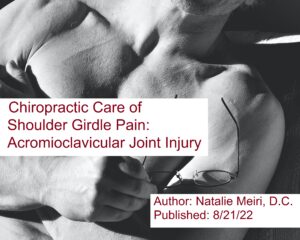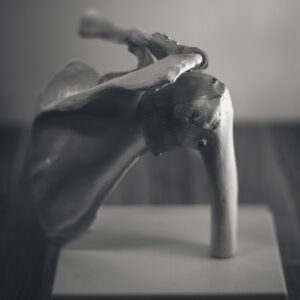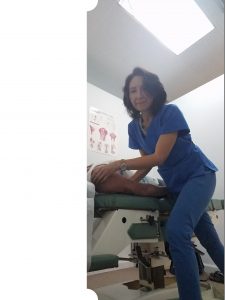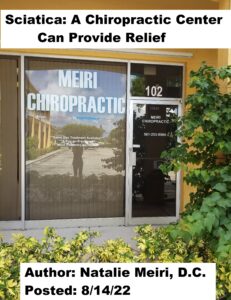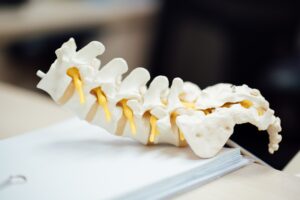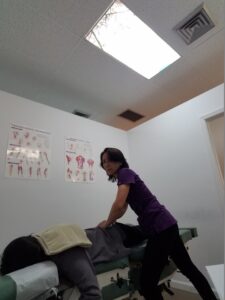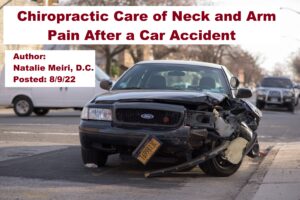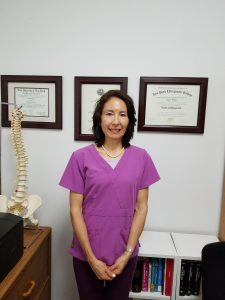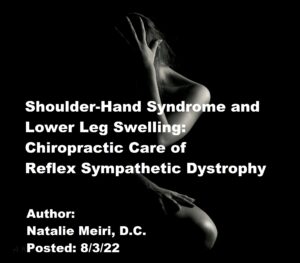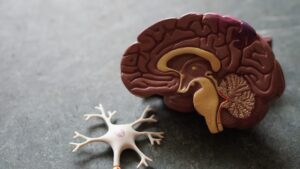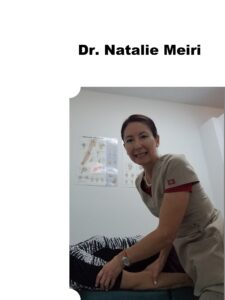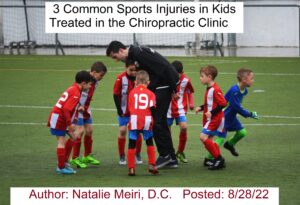
Sports-related injuries in kids and adolescents (teenagers) are frequent and can be helped in the chiropractic clinic. Over 7 million teenagers are involved in high school sports. Over 20 million children between the ages of 8 and 16 years are involved in non-school community athletic programs. Many participate in unstructured, relatively unsupervised recreation. And almost all middle and junior high schools have sports programs.
Kids and teenagers are young athletes with anatomic and physiologic uniqueness in how they participate in sports activities. As always, prevention is still a major goal even for a child athlete. When injured, a proper diagnosis, management and rehabilitation is critical for children and adolescents.
While children generally participate in a sport(s) activity for fun, there are other important considerations. Firstly, children attain self-confidence through participation. Secondly, it develops their socializing skills and avoids boredom. Thirdly, it may help them to learn about setting goals. Fifthly, physical participation in sports lays the groundwork for a healthy lifestyle. In other words, exercise habits carry over into adulthood. In fact, studies have found the percentage of body fat of adults who exercised as adolescents is lower. Lastly, exercise may affect physical growth. So minimum amounts of exercise may stimulate growth while excessive exercise may retard growth.
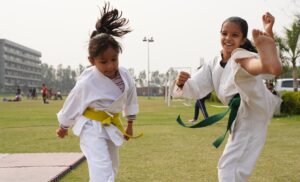
3 Common Sports Injuries in Kids Treated in the Chiropractic Clinic
1. Spondylolisthesis, Spondylolysis and Low Back Pain
Spondylolysis occurs in approximately 6 % of the population. Spondylolysis is more common in female gymnasts, college football linemen, weight lifters, and rowers. Moreover, risk is also increased during growth spurts.
Spondylolysis is a stress fracture through the pars interarticularis of the lumbar vertebrae. The pars is a small segment of bone that joins the facet joints (joint connects two or more bones) in the back of the spine. A defect in this portion of the spine leads to this condition called spondylolysis as well.
So Spondylolysis is due either from a stress fracture of the pars interarticularis or an elongated (lengthened) pars. The elongated pars is a result from micro (small) fractures that heal with an elongated pars. And a microfracture could be caused by trauma, like getting hit by something or a fall. Also, a stress fracture may be due to repetitive micro trauma such as hyperextension (extensive arching of the back) in sports activities.
Spondylolisthesis is a condition in which a vertebra (bone) in the spine moves forward out of the proper position onto the bone below it. There are several types of spondylolisthesis. However, the most common is isthmic (as a result of spondylolysis), occurring in the young. Although congenital (present from birth) types and destructive (e.g., tuberculosis,cancer) types are possible, they are rare.
In conclusion, there is a good response to chiropractic manipulative treatment for low back pain due to spondylolithesis (grades 1 or 2) resulting from a spondylysis.
Spondylolisthesis is primarily a radiographic (x-ray) diagnosis.
2. Neck Injury/ “Burner/Stinger”
Lateral flexion neck (moving your head toward one of your shoulders) injuries often result in a “burner” or “stinger” seen commonly in sports with kids and adolescents. This is a common injury in sports and often recur leading to further disability. It is a common injury in football hockey, wrestling, lacrosse, and diving.
“Burner” or “stinger” are the names given to injury of the brachial plexus (network of nerves in the shoulder that carries movement and sensory signals from the spinal cord to the arms and hands) or nerve roots (initial segment of a nerve leaving spinal cord). In general, the injury is a lateral flexion of the head away from the involved side with accompanying shoulder distraction (depression) on the involved side.
Kids may have a sudden onset of burning pain and/or numbness along the lateral (side) arm with associated arm weakness following a lateral flexion injury of the neck (e.g., lateral “whiplash”). The symptoms of burning usually last only a couple of minutes. So while burners/stingers are typically transient (lasting a short time), kids may continue to have neck and arm pain or weakness afterwards.
Radiographic (x-ray) evaluation is recommended to determine if any instability is present. If instability is present, it is necessary to consider restrictions in sports (e.g., football) where head and neck trauma is common to prevent further damage.
3) Osgood-Schlatter’s Apophyseal Injury and Knee/Leg Pain
Apophyseal injuries are stresses to the growth plate in adolescent athletes. Apophyseal injuries are almost always due to sports activity in kids. Osgood-Schlatter’s apophysitis at the tibial tubercle (secondary ossification center on the top of the shin bone) is commonly seen in running/jumping sports, in hockey with boys and gymnastics and figure skating for girls. Symptoms of pain and swelling are present over the tibial tuberosity below the knee joint, where the patellar tendon attaches to the top of the shinbone (tibia). There may also be inflammation of the patellar tendon, which stretches over the patella (kneecap).
First, activity modification (reduction of intensity or frequency) and icing is recommended. Second, Chiropractic manipulative therapy (adjustments) should include a biomechanical assessment of the whole kinematic chain including all the joints and the muscles of the lower limb, the spine and pelvic joints. Third, soft tissue manipulation (e.g. myofascial release, pressure point, post-isometric relaxation) should be done on these muscles/tendon: hamstring, quadriceps, iliotibial band,and Achilles tendon. Fourth, stretching,and strengthening of the indicated muscles are important. Taping and a brace may provide some limited symptom relief. Osgood-Schlatter’s Apophyseal Injury takes about 6- 9 months to heal in most cases.
Radiographs (x-rays) are generally used either to rule out a tumor (if suspected) and/or a full avulsion injury.

Safety of Chiropractic for Kids
The American Chiropractic Association cites a study done in 2014 confirming that chiropractic adjustments are overwhelmingly safe in infants and children.
In 2009, a survey found that there were about 68 million pediatric visits to chiropractors. The National Board of Chiropractic Examiners’ most recent practice analysis, issued in 2010, found that about 17 percent of chiropractic patients were under age 18 — approximately 7.7 percent aged five years or younger and some 9.4 percent between ages six and 17.
Children have the same joints that adults do, but not fully formed yet. They are still developing and adjustments get the spine back in alignment. This keeps the body balanced and to prevent further problems. Also, Kids joints are still more cartilaginous than truly bony, so the adjustments have to be a little bit faster, but with less force. This is due to the increased flexibility within the joint and the smaller surface area targeted.
Dr. Natalie Meiri delivers fast adjustments that are low intensity (low force) and low amplitude (low displacement). She also has helped babies and kids utilizing soft tissue techniques, cranial sacral therapy, and homeopathy. She has treated babies with ear infections, kids with ADHD, autism, scoliosis, sports injuries and various growing problems. Contact her at 561-253-8984 for further information on 3 Common Sports Injuries in Kids Treated in the Chiropractic Clinic or to make an appointment.
